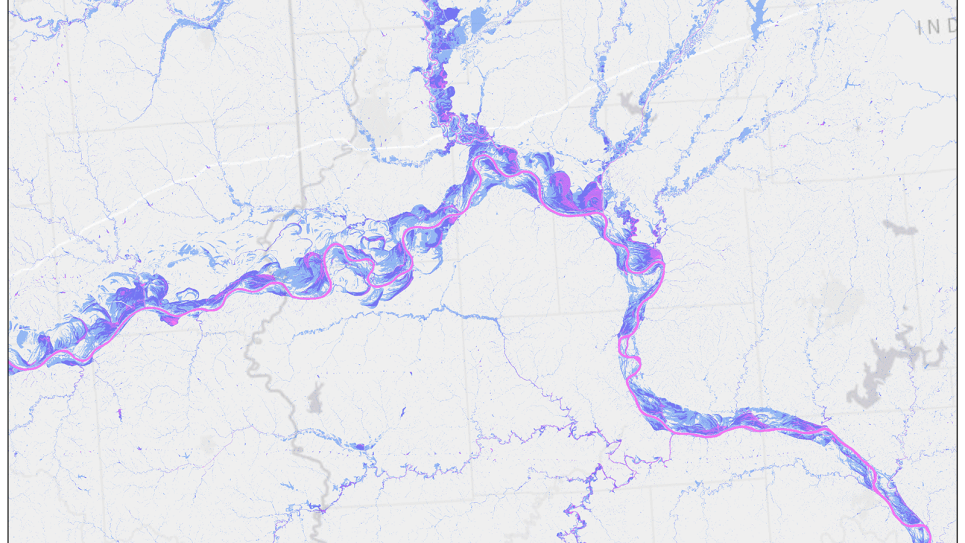This research fulfills the vision of Department of Energy Office of Biological and Environmental Research (BER) Earth and Environmental Systems Science Division (EESSD) to “develop an improved capability for Earth system prediction on seasonal to multidecadal time scales” and addresses EESSD’s three Scientific Grand Challenges: the Integrated Water Cycle, Drivers and Responses in the Earth System, and DataModel Integration.
Accurate simulation of aerosol-cloud interactions (ACI) remains a major challenge for Earth system models (ESMs). The limited predictability is attributed to uncertainties and deficiencies in model resolution and process representations. To address these scientific challenges, the Energy Exascale Earth System Model (E3SM) version 4 that is currently under development will feature a variable resolution capability, resolving atmospheric processes from the convection-permitting scale to the planetary scale. The awarded computing resources will be used to generate ensemble simulations with variable resolutions and perturbed ACI processes to (1) assess the atmospheric characteristics and processes across scales; and (2) provide insights into the robustness of ACI parameterization across scales. A large-eddy simulations (LES) model and the nonhydrostatic version of the E3SM will be used to perform simulations of ACI at resolutions ranging from about 20 m horizontal grid spacing to about 100 km horizontal grid spacing. The high-resolution model results will be used to understand features at the subgrid scale of a coarseresolution E3SM and provide guidance for parameterization improvements. Physical and chemical process representations affecting ACI (including the cloud and aerosol physics, chemistry, turbulence, and convection) will be perturbed to quantify the impacts of each process representation on atmospheric characteristics and ACI. The model simulations will cover a wide range of aerosol and cloud regimes to provide sufficient information for better generalizability of process representations.
Producing the large ensemble of simulations with variable resolutions and perturbed processes will provide realistic details on atmospheric characteristics affecting ACI. The simulation ensemble will be used to (1) identify emergent properties and controlling factors of ACI; (2) improve parameterizations suitable for multiple scales; (3) develop emulators for resolved and subgrid processes using novel machine learning techniques; and (4) validate the generalizability by synthetically reconstructing the high-resolution data from reduced-dimension representations using generative neural networks.


